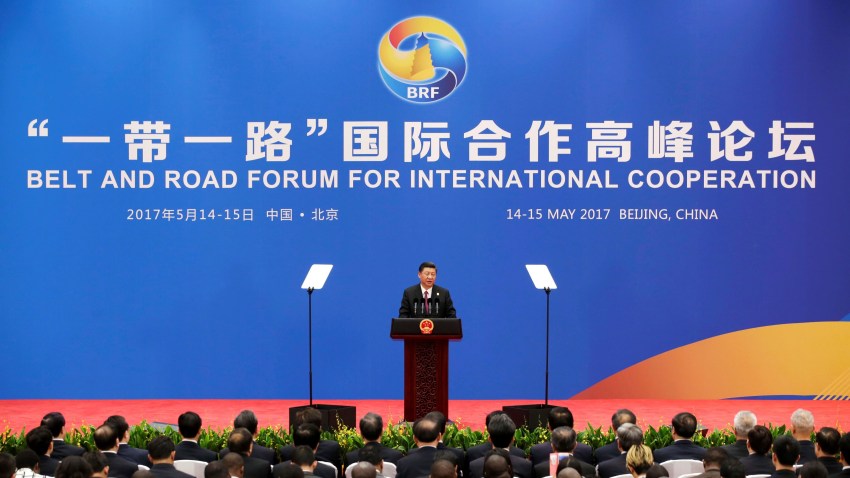China’s landmark Belt and Road Initiative will be 10 years old later this year. But for some commentators, the anniversary will be more like a funeral than a birthday party. In a recent article headlined “China’s Belt and Road to Nowhere,” China expert Scott Kennedy of the Center for Strategic and International Studies calls the initiative “a shadow of its former self.”
Whether you agree with that evaluation depends on what you believe the Belt and Road Initiative, or BRI, was meant to be. If you see the BRI as “an ambitious infrastructure development plan,” as Kennedy puts it, the declinist argument makes sense. After all, investment via the BRI has dropped dramatically in recent years. According to Boston University’s Global Development Policy Center, between 2008 and 2021, the China Exim Bank and China Development Bank lent $500 billion dollars to support over 1,000 projects, with the vast majority of these loans taking place between 2013 and 2016. But in 2020 and 2021 specifically, those same banks only extended 28 loans for overseas projects, worth $10.5 billion. With this comparison in mind, the “shadow of its former self” characterization seems apt.
On the other hand, if you believe that the BRI was never only about infrastructure, the picture looks somewhat different. Like some of its predecessors—such as China’s Going Out strategy of the 1990s and early 2000s, as the official push for Chinese companies to seek out foreign markets was dubbed—the BRI was always studiedly vague. So too are its recently announced possible successors, like the Global Development Initiative, or GDI, and Global Security Initiative, or GSI. More of a “big idea” than a rigidly defined action plan, the BRI set a general direction to seek out investments and projects, while individual Chinese actors, including private and state-owned firms, responded to the call, but did so according to their own agendas.

